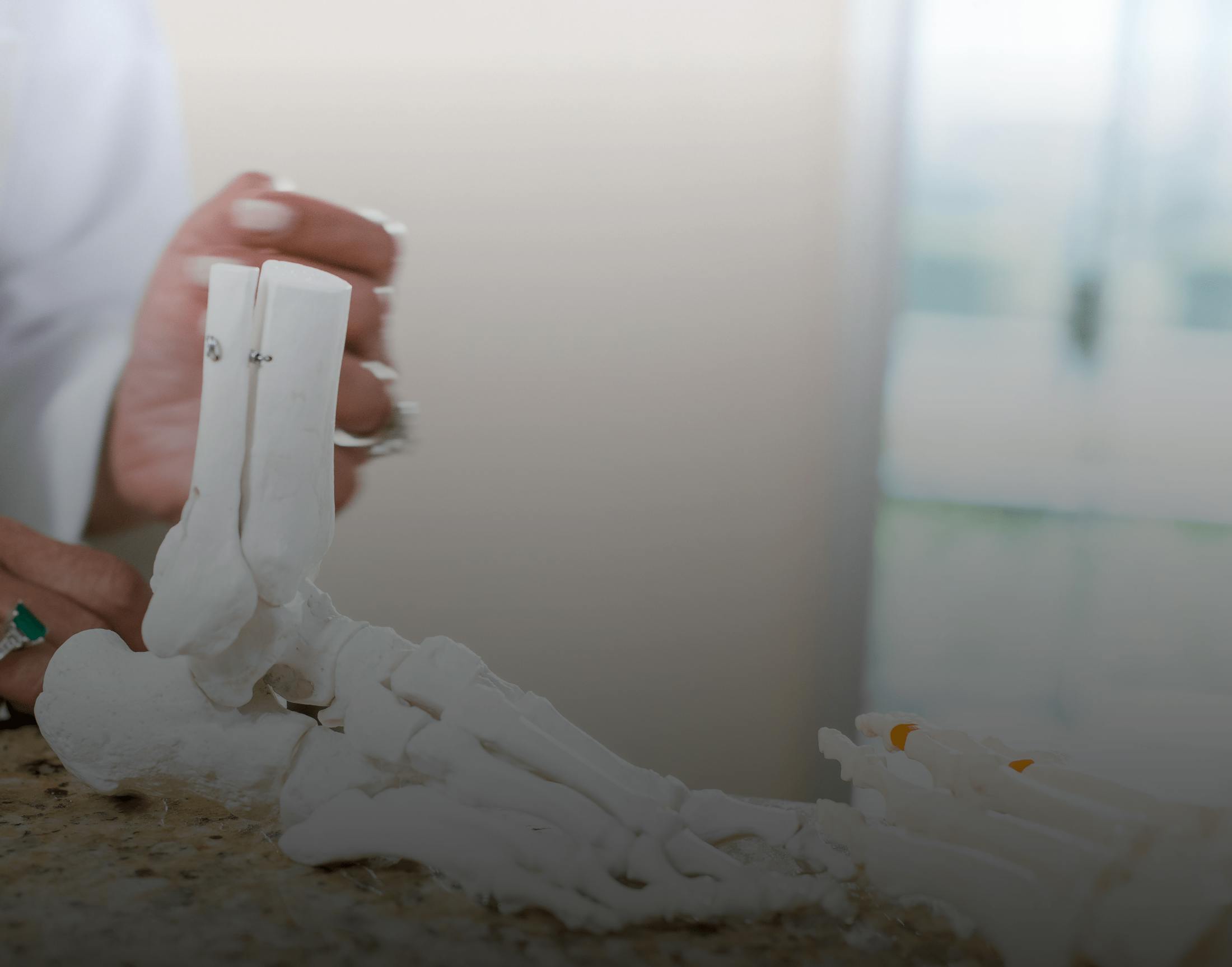There are two peroneal tendons that run alongside one another, just behind the outer portion of the ankle bone. These tendons provide stabilization for both the ankle and foot, which helps to protect from certain injuries like ankle sprains.
How Peroneal Tendon Injuries are Commonly Treated
The severity of your peroneal tendon injury plays a large part in what kind of treatment you’re provided with. Your foot will likely be immobilized in a splint or cast to minimize movement and keep swelling down. Specific medications may also be prescribed to you as a means of reducing the pain and inflammation that are occurring because of the injury. A simple brace may be placed around your foot for a short period of time to protect your foot from further damage when you play sports or exercise. As for surgery, this is usually only an option with a partial or complete tear of the tendon. The main surgical options include tenodesis and tendon debridement, both of which should restore your tendon to its original function.
Treatment for Peroneal Tendon Injuries at Dr. Salma Aziz, Foot and Ankle Speciality Group Inc.
Whether your peroneal tendon injury requires an in-office treatment or surgery, our team at Dr. Salma Aziz, Foot and Ankle Speciality Group Inc. has you covered. We are a professional and nurturing female surgeon group of foot and ankle specialists serving the Rancho Santa Margarita and Newport Beach community. Founded in 2001 by American Board of Podiatric Surgery Fellowship member Dr. Salma Aziz, our podiatry clinic is a modern, sophisticated, family-friendly environment where we focus on getting people back to their activities and life. Dr. Aziz, Dr. Petrina Yokay, and Dr. Jessica Arneson provide patients with an outstanding experience and genuine care in their follow-up.







